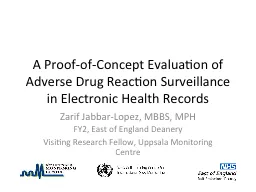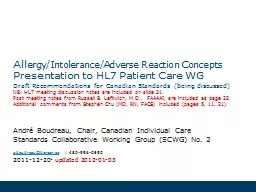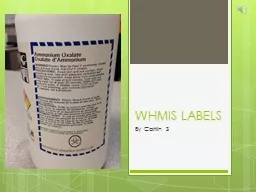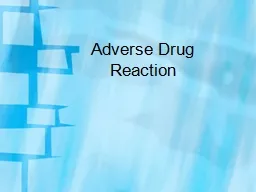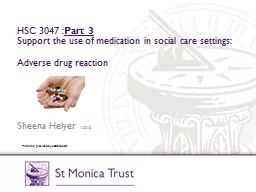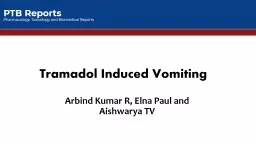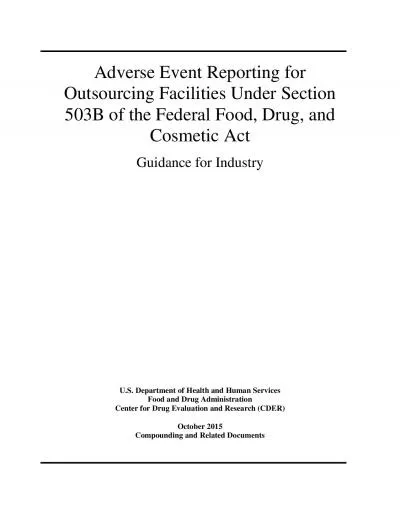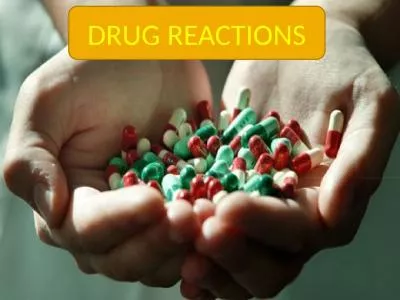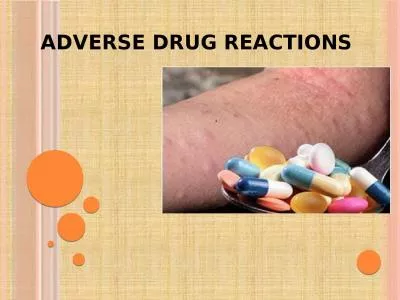PPT-Improving Adverse Drug Reaction Information in Product Labels
Author : liane-varnes | Published Date : 2018-12-12
PSI Conference May 2017 Sally Lettis GlaxoSmithKline The views and opinions expressed in the following slides are those of the individual presenter and should
Presentation Embed Code
Download Presentation
Download Presentation The PPT/PDF document "Improving Adverse Drug Reaction Informat..." is the property of its rightful owner. Permission is granted to download and print the materials on this website for personal, non-commercial use only, and to display it on your personal computer provided you do not modify the materials and that you retain all copyright notices contained in the materials. By downloading content from our website, you accept the terms of this agreement.
Improving Adverse Drug Reaction Information in Product Labels: Transcript
Download Rules Of Document
"Improving Adverse Drug Reaction Information in Product Labels"The content belongs to its owner. You may download and print it for personal use, without modification, and keep all copyright notices. By downloading, you agree to these terms.
Related Documents


